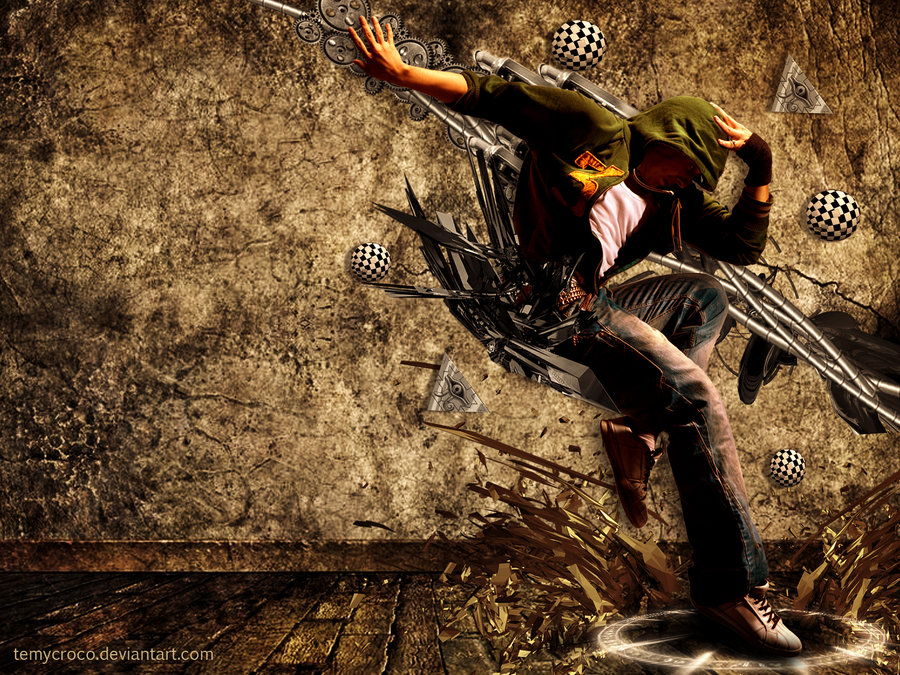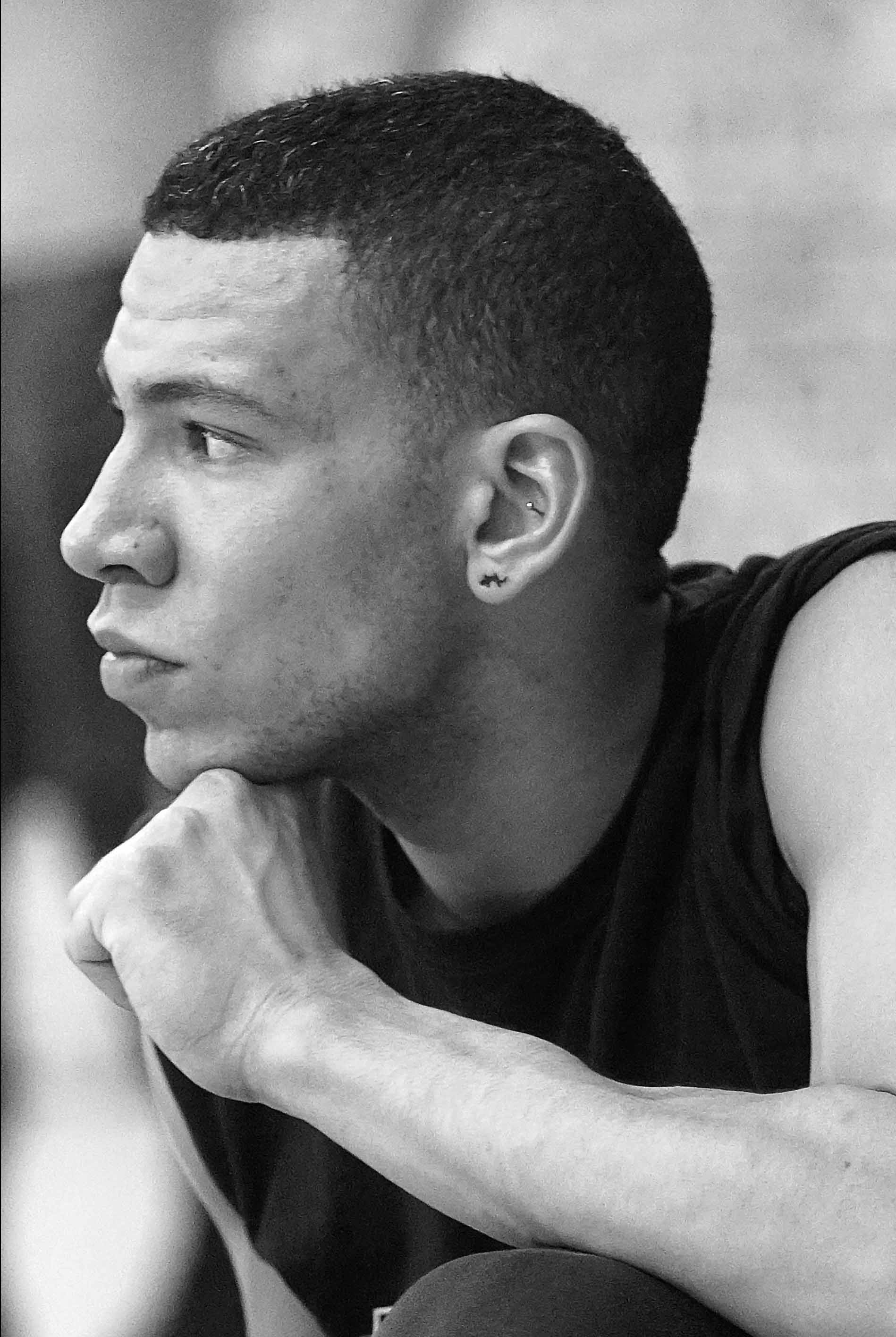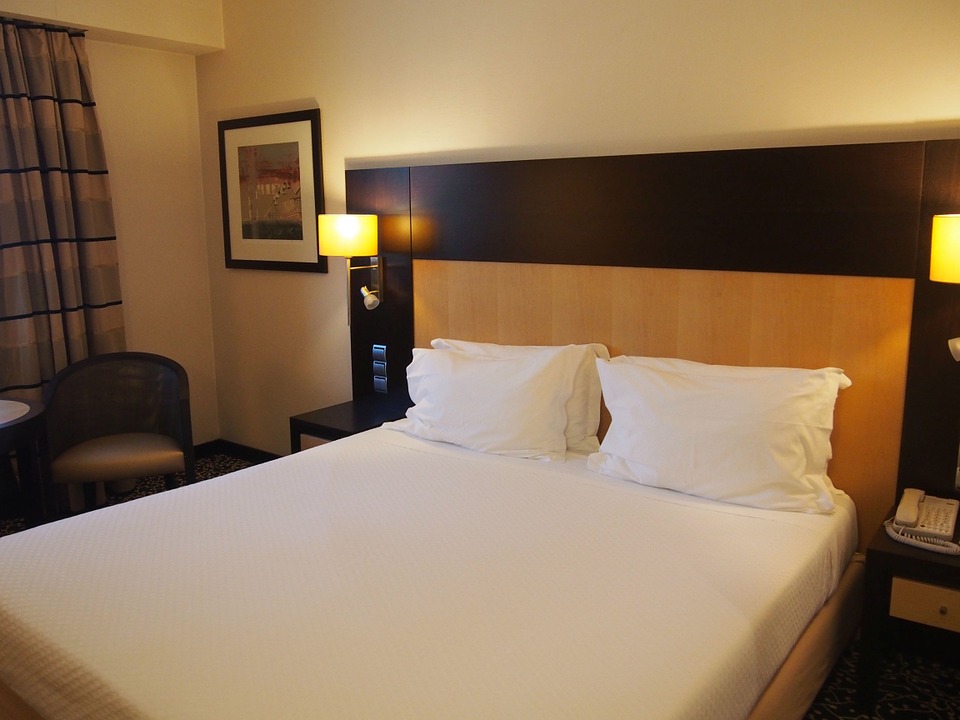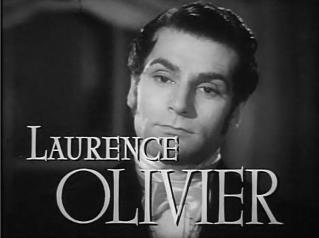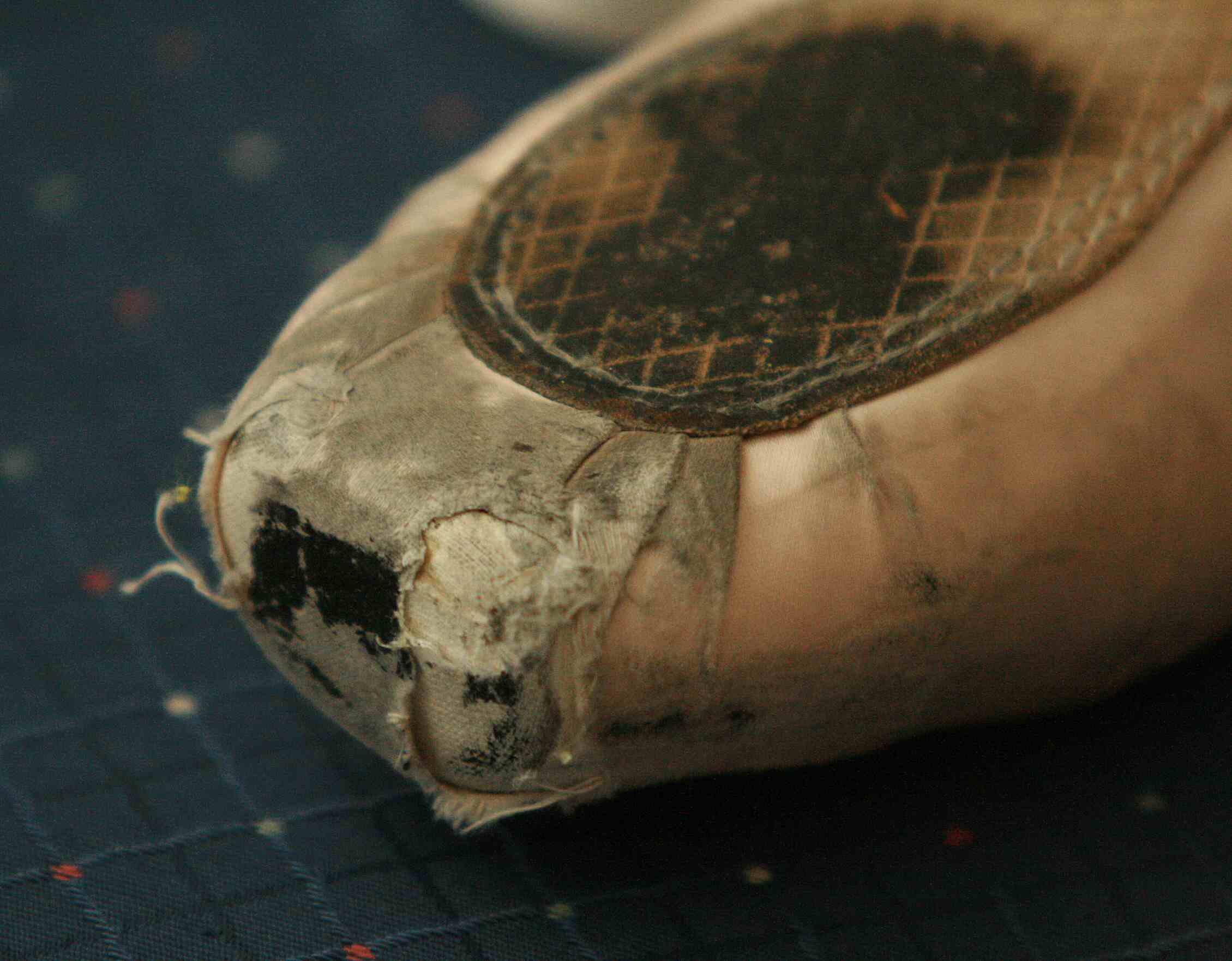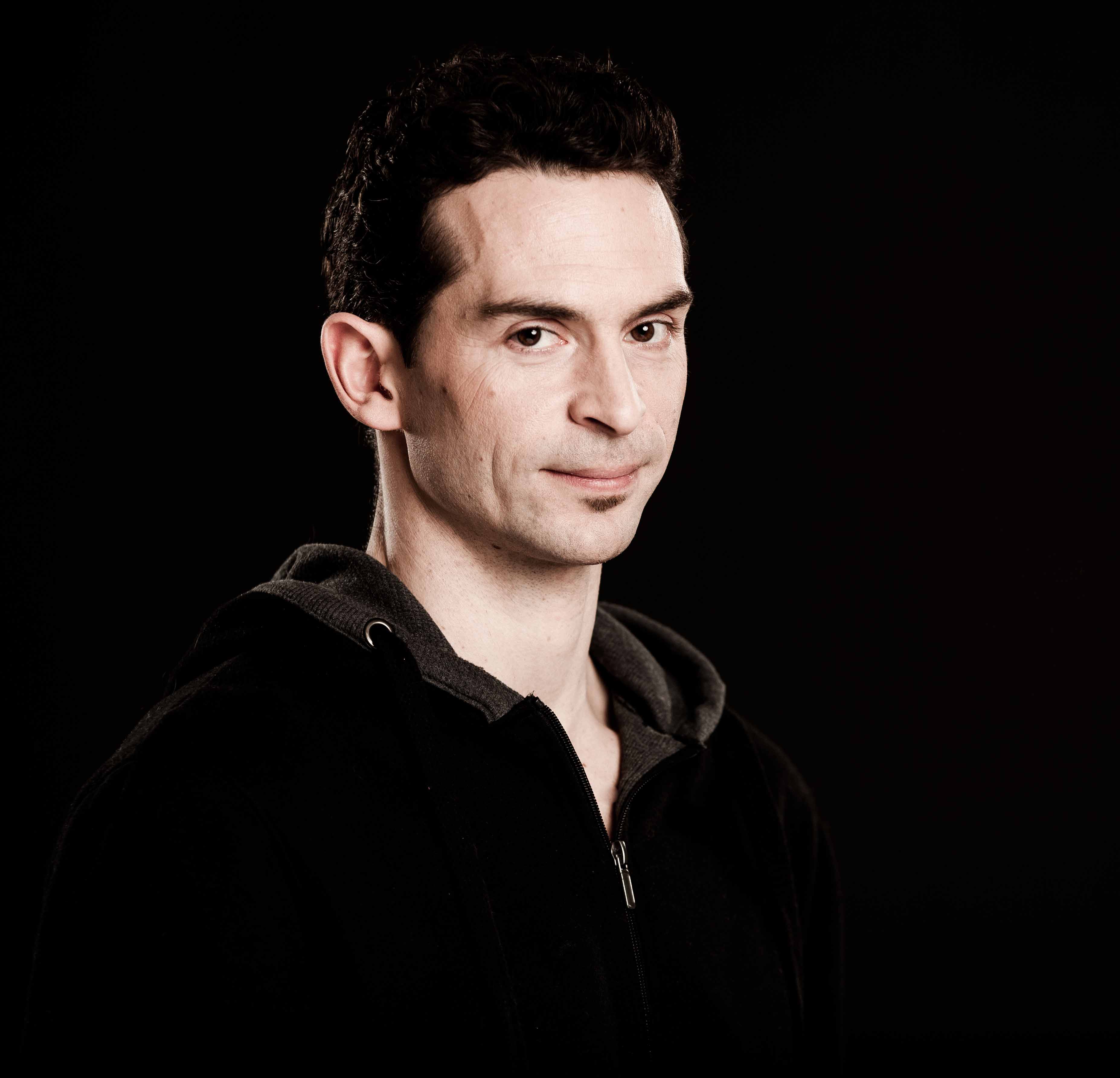 Born in Montreal, Samuel Tétreault began his artistic development at age 14 at the Montreal National Circus School of Canada where he studied for seven years. There he developed a passion not only for the acrobatics but also for dance and theatre. Upon graduating in 1996 he started his career as a hand-balancer, winning several awards in circus festivals.
In 2002, after performing over 1,500 shows of Cirque du Soleil’s production Alegria, touring with Cirque Éloize’s production Orchestra and appearing in some of the most prestigious cabarets in Germany, Tétreault became one of the co-founding artistic directors of Les 7 doigts de la main, the Montreal-based circus collective also known as the “7 Fingers”.
Born in Montreal, Samuel Tétreault began his artistic development at age 14 at the Montreal National Circus School of Canada where he studied for seven years. There he developed a passion not only for the acrobatics but also for dance and theatre. Upon graduating in 1996 he started his career as a hand-balancer, winning several awards in circus festivals.
In 2002, after performing over 1,500 shows of Cirque du Soleil’s production Alegria, touring with Cirque Éloize’s production Orchestra and appearing in some of the most prestigious cabarets in Germany, Tétreault became one of the co-founding artistic directors of Les 7 doigts de la main, the Montreal-based circus collective also known as the “7 Fingers”.
Since the foundation of the company Tétreault has collaborated as artistic co-director to create most 7 Fingers shows, as well as appearing on stage in the productions of Loft, La Vie, the Fibonacci Project and Le Murmure du Coquelicot. The 7 Fingers return to Sadler’s Wells with the UK premiere of TRIPTYQUE, a new triple bill of dance and circus on 1 & 2 April 2016. Hailing from Québec, renowned as the home of the modern circus discipline, The 7 Fingers is one of the world’s most inventive contemporary circus companies.
Have you always wanted to be involved in the performing arts?
No… When I was a kid and young teenager my dream was to become a professional goalie in the National Ice Hockey League! Then I was fascinated by the Olympic Games and tried different sports in search of the one discipline that would best suit my physical qualities in the hope to make it into the Olympics… I guess I was inspired by the athletes I saw on TV, the intensity of their drive and willpower, the fact they could perform extraordinary skills.
How did your involvement begin?
I discovered circus at age 14 and was first drawn to it because of its physicality and its eccentricity… I liked learning things that most people couldn’t do… It made me feel special and I enjoyed the extra attention I was getting from people when they saw me training in the park or riding my unicycle to school. But strangely, even if I grew up in an artistic environment (my dad was running a contemporary art gallery and our house was decorated with abstract sculptures and paintings), I had never imagined being involved in the arts myself. The revelation of my artistic vocation only came a year later when I saw Cirque du Soleil’s Le Cirque Réinventé in 1989… it was still in the very early days of what we now call “contemporary circus” but already, there was a mix of theatre, dance, acrobatics, live music, and comedy forming a show that was held together by a storyline that was emotionally engaging… that’s when I decided I wanted to become a performing artist! I wanted to be onstage and be able to make an audience feel the way I felt!
Did you train? Where, and what was it like?
I studied at the National Circus School in Montreal for almost six years. I was on a scholarship programme that combined the academic classes and the circus training, but beyond the acrobatic skills, it’s the artistic formation I received there that has influenced most of my career. Throughout my formation as a circus artist I was always encouraged to develop my own artistic reflection and original voice… very early on, under the guidance of artistic counsellors, I had to come up with my own ideas and concepts for the creation of my end of year and graduating act. Originality and artistic research was highly encouraged. I also remember one of my favorite classes ever was about writing and directing a show… We were put in small groups and over the course of the whole session we had to write the concept of show with all the details of scenario, set and costume design, production budget, etc. I had so much fun and felt so inspired to discover this creative capacity to imagine things, to see them come alive in your head and plan how to turn these visions into a show… That’s when the seed of the idea to direct my own shows one day was planted.
What was a typical day like?
I started around 9am and sometimes didn’t get out of the school until 8 or 9pm… We would usually start the day with some dance classes, acting classes or music and rhythm and then would have some general acrobatic training sessions like trampoline, floor acrobatics, juggling, or stretching sessions. Then, after lunch we would have 4 to 5 hours of training in our own circus “major”, mine was Hand-balancing and Hand to Hand pair acrobatics. In the evening we would have the regular academic classes as well as some specific to the circus school, like Circus Arts History, Career Management, Human Anatomy… Overall I did about 6-7 hours of physical training and 3-4 hours of academic classes everyday!
What is a typical day like now?
After I graduated I spent about six years working as a soloist performer on tour with Cirque du Soleil (in Alegria) and with Cirque Éloize (in Cirque Orchestra). My life then was entirely focused on my training and my performance on stage, sometimes doing up to 10 shows a week… But my life is very different since I became one of the artistic co-directors of the 7 Fingers, the collective circus company I co-founded with six friends in 2002. A regular day for me doesn’t really exist as I can sometimes spend a whole day in meetings and answering emails and sometimes I’ll be in the creation studio all day, either directing a new creation, rehearsing a show with new cast members or taking a dance class and doing my own hand-balancing training. It is a great challenge to find the time to combine all these things and I often end up working extra long hours… But fortunately most of it doesn’t feel like it’s a job as my passion to create is what drives it all!
Tell us more about your work with The 7 Fingers – what do you enjoy most about it?
The diversity of the projects we create… The fact that the company has grown over the years into an amazing collective tool that allows us to fulfill both our individual and collective creation dreams. The creation of Triptyque for instance came out of my own desire to create a show that would combine dance with the circus arts, and although it was an artistic proposition very different from what the company had ever produced, I had the support of the other “fingers” who supported my vision and agreed to put the company’s resources to create the show.
What’s next for the company?
Oh there are so many creation projects in the pipeline for the coming years it would be too long to list them all… To mention only a few, there is a theatre and circus show about the Dutch medieval painter Jheronimus Bosch I’ll be directing this summer in Denmark, another “Finger” is directing Reversible, our new touring show this fall in Montreal, another “Finger” is directing a circus opera in Russian, and the list could keep going with another 3 or 4 new creations on top of our other shows we currently have on tour! But maybe the most exciting project for 2016-2017 is the building in Montreal of our own creation studios set in an old brewery… this is going to be an amazing asset for our collective, bringing our administration offices together with a creation studio, a training studio and a dance room under one roof!
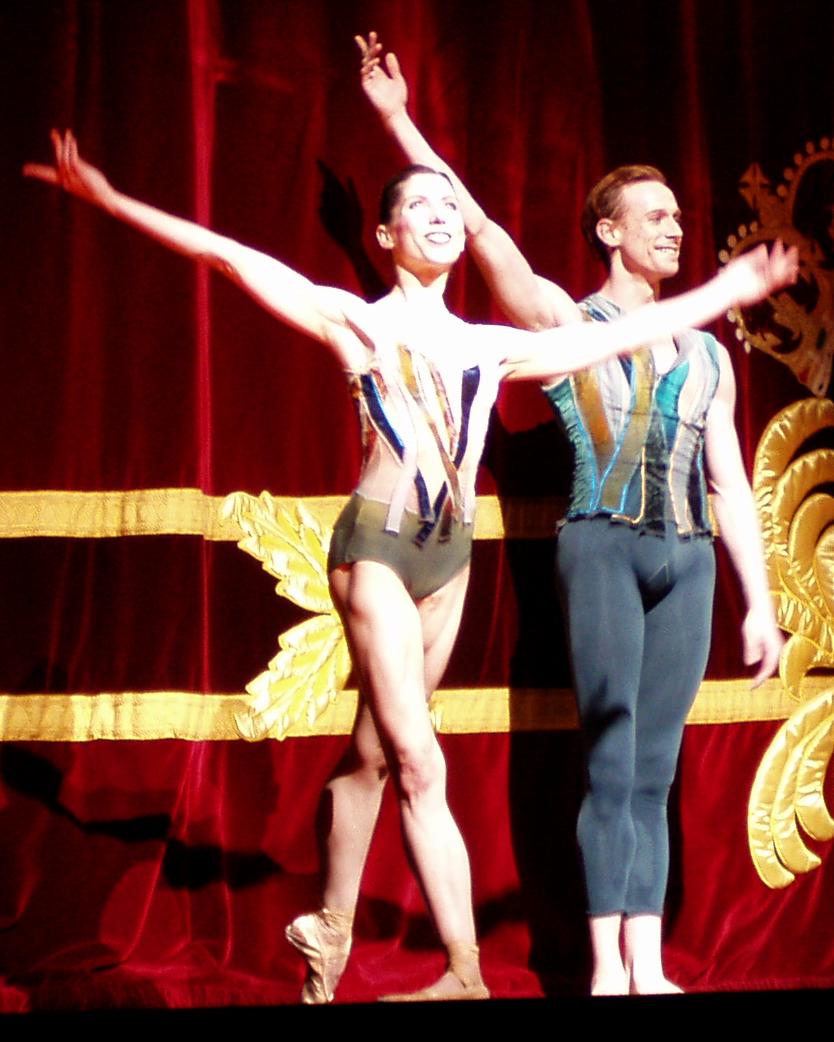 Leanne Benjamin, the Royal Ballet’s longest-serving principal dancer will return to Australia to be appointed a Member of the Order of Australia (AM) for significant service to the performing arts. More than three decades after she left Queensland, in order to pursue her dreams on stage, Benjamin will be honoured with the prestige she deserves, cited as one of Australia’s most accomplished dancers. Over 10 years ago Benjamin was honoured with an OBE, so it is only fitting that now she is honoured by her homeland.
Leanne Benjamin, the Royal Ballet’s longest-serving principal dancer will return to Australia to be appointed a Member of the Order of Australia (AM) for significant service to the performing arts. More than three decades after she left Queensland, in order to pursue her dreams on stage, Benjamin will be honoured with the prestige she deserves, cited as one of Australia’s most accomplished dancers. Over 10 years ago Benjamin was honoured with an OBE, so it is only fitting that now she is honoured by her homeland.
